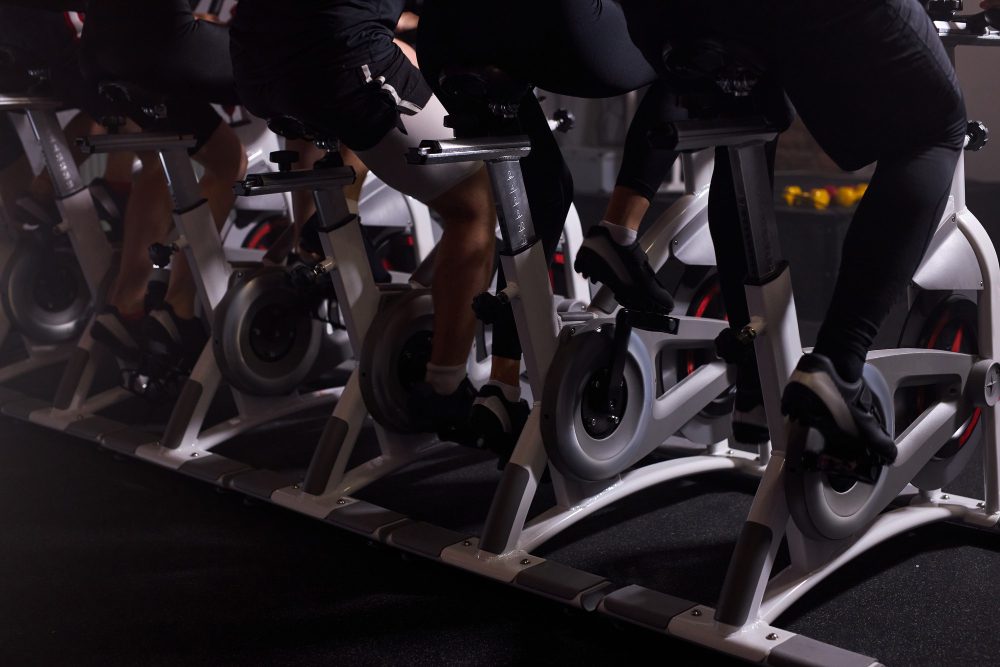Can you stand and pedal on an upright bike?
Introduction:
Cycling is a fantastic way to stay fit and enjoy the great outdoors. Whether you are an avid cyclist or just starting out, you may have wondered if it is possible to stand and pedal on an upright bike. This article aims to explore the possibilities and considerations of standing and pedaling on an upright bike, providing insights for both beginners and experienced cyclists.
Standing and pedaling on a bike, also known as “out of the saddle” cycling, is a technique commonly used by cyclists to generate more power and tackle steep climbs. While it is more commonly associated with indoor cycling classes or road bikes, it is also possible to stand and pedal on an upright bike typically found in gyms or for home use.
Can you stand and pedal on an upright bike?
Yes, you can stand and pedal on an upright bike. Upright bikes, also known as stationary or exercise bikes, are designed to mimic the motion of outdoor cycling while offering a low-impact workout. While the design of these bikes differs from traditional road or mountain bikes, they still allow users to stand and pedal, albeit with some limitations.
One important consideration when standing and pedaling on an upright bike is the stability and balance. Upright bikes usually have a smaller footprint and lack the stability provided by the frame and wheels of a regular bike. As a result, standing and pedaling may feel less secure and require additional focus on maintaining balance. It is recommended to start with short durations of standing and gradually increase the time as you become more comfortable and confident.
Benefits and tips for standing and pedaling:
Standing and pedaling on an upright bike can offer several benefits. Firstly, it engages different muscle groups, such as the core, glutes, and upper body, providing a more comprehensive workout compared to seated cycling. It can also increase the intensity of your workout by requiring more effort and energy expenditure.
To make the most out of standing and pedaling on an upright bike, here are some tips:
- Adjust the bike’s resistance level to simulate an outdoor riding experience.
- Maintain a balanced stance with your feet parallel to the ground and hands relaxed on the handlebars.
- Engage your core muscles to stabilize your body and maintain good posture.
- Keep a steady rhythm while standing and avoid rocking excessively from side to side.
- Gradually increase the duration of standing as your strength and balance improve.
Quotes from fitness experts:
“Standing and pedaling on an upright bike can be a great way to switch up your cycling routine and challenge yourself. It engages different muscle groups and can help improve balance and stability.” – Sarah, Fitness Instructor
“Just like any new exercise technique, standing and pedaling on an upright bike may take some practice. Start slowly and focus on maintaining good form and balance. With time, you’ll find it becomes easier and more comfortable.” – Mark, Cycling Coach
In conclusion:
While it may require a bit of practice and adjustment, standing and pedaling on an upright bike is definitely possible. It provides an opportunity to engage different muscles and add variety to your indoor cycling routine. Remember to start gradually, focus on maintaining balance and form, and consult with a fitness professional if you have any concerns. So, hop on that upright bike, stand up, and enjoy an invigorating cycling workout!
Can you pedal backwards on a stationary bike?
When it comes to stationary bikes, most people are familiar with pedaling forward to simulate the motion of riding a bike. However, a common question that arises is whether it is possible to pedal backwards on a stationary bike. The answer is, yes, you can pedal backwards on a stationary bike, but there are a few things to keep in mind.
Why would you pedal backwards?
There are a few reasons why someone might want to pedal backwards on a stationary bike. One reason is to target different muscle groups. Pedaling backwards can engage different muscles, such as the hamstrings and glutes, which are not as actively used when pedaling forward. This variation can help add variety to your workout and prevent muscle imbalances.
Is pedaling backwards effective?
While pedaling backwards can offer some benefits, it is important to note that it may not be as effective as pedaling forwards. When you pedal backwards, you will likely experience less resistance compared to pedaling forwards. This means that you may not be working as hard or burning as many calories. However, if your goal is to target specific muscles, pedaling backwards can still be beneficial.
Things to consider when pedaling backwards
Before pedaling backwards on a stationary bike, there are a few things to consider:
- Make sure the bike allows for backward pedaling. Some stationary bikes have a freewheel feature that allows for both forward and backward pedaling, while others may only allow for forward pedaling.
- Start slow and gradually increase speed. Pedaling backwards can feel different and may require some adjustment, so it’s important to ease into it.
- Pay attention to your form. When pedaling backwards, it’s important to maintain proper posture and alignment to avoid any strain or injury.
Conclusion
In summary, yes, you can pedal backwards on a stationary bike. It can be a useful way to target different muscle groups and add variety to your workout. However, it’s important to remember that pedaling backwards may not be as effective in terms of burning calories. If you decide to give it a try, make sure to follow the above tips for a safe and effective workout.



